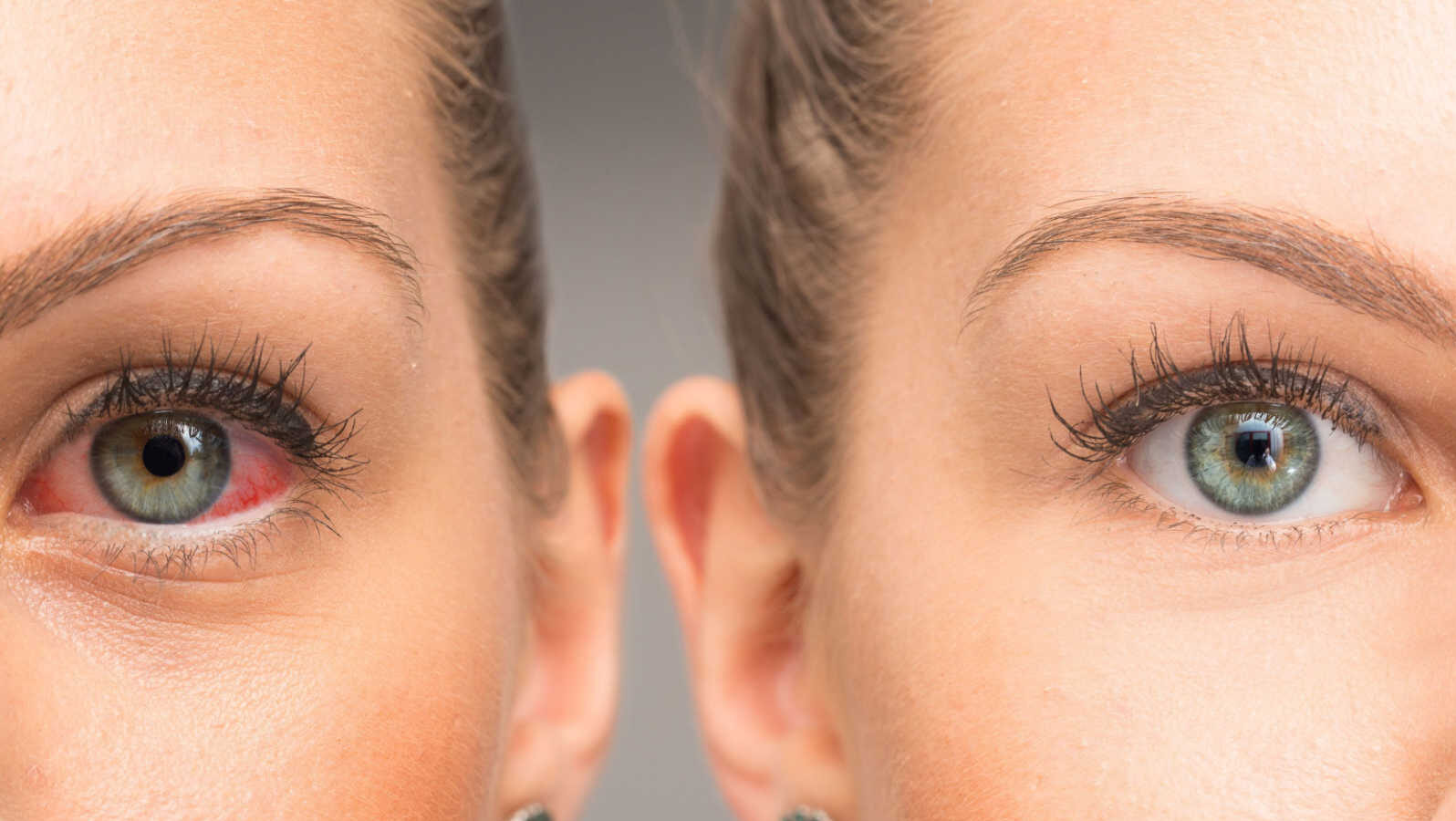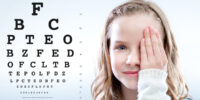What Is Glaucoma and How Is It Diagnosed

Glaucoma, a leading cause of irreversible blindness worldwide, is a complex group of eye disorders characterized by optic nerve damage and visual field loss. This article aims to provide an overview of glaucoma and its diagnostic methods.
It will discuss the various types of glaucoma, risk factors associated with the disease, common signs and symptoms, diagnostic tests employed for accurate diagnosis, different stages of the condition, available treatment options, and preventive measures.
Understanding the nature and diagnosis of glaucoma is crucial for effective management and preservation of vision.
Key Takeaways
- Glaucoma can be differentiated based on underlying mechanisms and clinical characteristics, such as angle closure glaucoma and primary open angle glaucoma.
- Genetic predisposition and age are significant risk factors for glaucoma, and genetic testing can help identify individuals at risk.
- Silent vision loss, which is a gradual deterioration of visual function without noticeable symptoms, can lead to irreversible damage if not detected early.
- Monitoring and managing intraocular pressure, as well as regular eye examinations and diagnostic tests, are crucial for early detection and prevention of vision loss.
Types of Glaucoma
There are several types of glaucoma that can be differentiated based on their underlying mechanisms and clinical characteristics.
Angle closure glaucoma is caused by a blockage of the drainage system within the eye, leading to an increase in intraocular pressure. This type of glaucoma often presents with sudden symptoms, such as severe eye pain, blurred vision, and halos around lights.
On the other hand, primary open angle glaucoma is characterized by a gradual increase in intraocular pressure due to a dysfunction of the drainage system. This type of glaucoma is usually asymptomatic in the early stages and progresses slowly over time.
It is important to accurately diagnose and distinguish between these types of glaucoma, as their treatment approaches may vary.
Risk Factors for Glaucoma
This discussion will focus on two key risk factors for glaucoma: genetic predisposition and age.
Genetic predisposition refers to the increased likelihood of developing glaucoma due to inherited genetic factors.
Age, on the other hand, is a well-established risk factor for glaucoma, with the prevalence of the disease increasing significantly with advancing age.
Genetic Predisposition to Glaucoma
Genetic predisposition to glaucoma is a significant factor to consider in understanding the development and diagnosis of the disease. Several studies have demonstrated the influence of genetic factors in the pathogenesis of glaucoma.
- Genetic testing can help identify individuals at risk for developing glaucoma, enabling early intervention and treatment.
- Individuals with a positive family history of glaucoma have an increased risk of developing the disease.
- Certain gene variations have been associated with an increased risk of glaucoma, such as mutations in the myocilin (MYOC) gene.
- The identification of specific genetic markers associated with glaucoma can aid in personalized treatment strategies and improving patient outcomes.
Understanding the role of genetic predisposition in glaucoma can contribute to better screening and management strategies, leading to early detection and intervention to prevent vision loss.
Age as a Risk Factor
Age is widely recognized as a prominent risk factor for the development of glaucoma. As individuals grow older, their risk of developing glaucoma increases. This is due to age-related factors such as changes in the structure and function of the eye, decreased blood flow to the optic nerve, and increased intraocular pressure.
Age-related macular degeneration, cataracts, and diabetes, which are more prevalent in older individuals, also contribute to the increased risk of developing glaucoma.
To mitigate the risk, preventive measures such as regular eye examinations and early detection are crucial. Additionally, individuals should maintain a healthy lifestyle, including a balanced diet and regular exercise, to reduce the risk of developing age-related eye diseases.
Early diagnosis and timely treatment can help prevent or delay vision loss associated with glaucoma.
Signs and Symptoms of Glaucoma
This discussion will focus on two key points related to glaucoma: silent vision loss and increased intraocular pressure.
Silent vision loss refers to the gradual deterioration of visual function without any noticeable symptoms. It is an important aspect to consider as it can lead to irreversible vision loss if not detected and treated early.
Increased intraocular pressure, on the other hand, is a well-established risk factor for glaucoma and is often used as an indicator for the development and progression of the disease.
Silent Vision Loss
Silent vision loss, a significant concern in the diagnosis of glaucoma, often goes undetected until irreversible damage has occurred. This insidious nature of glaucoma makes early detection crucial in preventing long-term visual impairments. Without prompt identification and intervention, patients face limited treatment options and an increased risk of progressive vision loss.
Several emotional implications arise from the silent progression of glaucoma:
- Fear: The fear of losing sight without warning can be overwhelming.
- Frustration: Discovering that irreversible damage has occurred due to undetected glaucoma can lead to feelings of frustration and regret.
- Helplessness: The inability to reverse the damage caused by glaucoma can leave individuals feeling helpless and defeated.
- Anxiety: Constant worry about the progression of glaucoma and the potential impact on daily life can cause significant anxiety.
In light of these emotional consequences, it is crucial to emphasize the importance of early detection and regular eye examinations to mitigate the risk of silent vision loss.
Increased Intraocular Pressure
Increased intraocular pressure is a well-established risk factor for the development and progression of vision loss. Ocular hypertension, characterized by elevated intraocular pressure without detectable optic nerve damage or visual field loss, is a condition that often leads to the development of glaucoma.
Optic nerve damage is a key feature of glaucoma and is primarily caused by the increased pressure within the eye. The optic nerve is responsible for transmitting visual information from the eye to the brain, and when it becomes damaged, it can lead to irreversible vision loss.
Monitoring and managing intraocular pressure is crucial in the prevention and treatment of glaucoma. Regular eye examinations and appropriate interventions are necessary to prevent optic nerve damage and preserve visual function in patients with ocular hypertension.
Diagnostic Tests for Glaucoma
Diagnostic tests for glaucoma include tonometry, visual field testing, and optic nerve imaging. Tonometry measures the intraocular pressure (IOP), which is a key risk factor for glaucoma. Visual field testing evaluates peripheral vision loss, a common symptom of glaucoma. Optic nerve imaging techniques, such as optical coherence tomography (OCT), allow for the assessment of structural changes in the optic nerve head, which can indicate glaucoma progression.
Regular screening methods play a crucial role in the early detection of glaucoma. Early detection enables timely intervention and can prevent further vision loss. Undiagnosed glaucoma can lead to irreversible vision impairment or blindness. Diagnostic tests aid in identifying glaucoma and determining appropriate treatment plans.
These tests are essential in identifying individuals at risk for glaucoma and ensuring early intervention, thus highlighting the importance of regular screening methods for early detection.
Stages of Glaucoma
The stages of glaucoma can be categorized based on the level of optic nerve damage and visual field loss.
The stages of progression in glaucoma include early, moderate, and advanced stages. In the early stage, there may be no symptoms and the optic nerve damage is minimal.
As the disease progresses to the moderate stage, there may be noticeable loss of peripheral vision. In the advanced stage, the optic nerve damage is severe and there may be significant vision loss, including central vision.
Treatment options for glaucoma depend on the stage of the disease and may include eye drops, oral medications, laser therapy, or surgery. The goal of treatment is to lower intraocular pressure and slow down the progression of the disease to prevent further vision loss.
Treatment Options for Glaucoma
One possible sentence could be: ‘Various treatment options are available for managing glaucoma, including the use of eye drops, oral medications, laser therapy, or surgery.’ These options have been developed and refined through medical advancements and have proven effective in controlling the progression of the disease.
However, in recent years, there has been increasing interest in alternative therapies for glaucoma. These alternative therapies aim to complement traditional treatments and provide additional benefits. Some of the alternative therapies being explored include:
- Acupuncture: This ancient practice involves the insertion of thin needles into specific points on the body to stimulate healing and relieve symptoms.
- Yoga and meditation: These mind-body practices promote relaxation and stress reduction, which may help lower intraocular pressure and improve overall well-being.
- Dietary supplements: Certain supplements, such as omega-3 fatty acids and antioxidants, are believed to have potential benefits for eye health and may help in managing glaucoma.
- Cannabis-based treatments: Some studies suggest that compounds found in cannabis may have neuroprotective properties that could be beneficial in managing glaucoma.
It is important to note that while these alternative therapies show promise, more research is needed to fully understand their effectiveness and safety in treating glaucoma.
Preventive Measures for Glaucoma
Glaucoma is a complex eye condition characterized by progressive damage to the optic nerve, which can lead to irreversible vision loss if left untreated. While treatment options for glaucoma focus on managing intraocular pressure and slowing down disease progression, preventive measures are also crucial in mitigating the risk of developing glaucoma or delaying its onset.
Prevention strategies primarily involve lifestyle modifications that target modifiable risk factors such as elevated intraocular pressure, family history, and certain medical conditions. These lifestyle modifications may include regular exercise, maintaining a healthy weight, refraining from smoking, and adopting a diet rich in antioxidants and nutrients beneficial for eye health.
Additionally, individuals at higher risk should undergo regular comprehensive eye exams to detect early signs of glaucoma and initiate timely management. Implementing these preventive measures can significantly contribute to reducing the burden of glaucoma and its associated vision loss.
Frequently Asked Questions
Can Glaucoma Be Cured?
Glaucoma cannot be cured, but it can be managed with various treatment options. If left untreated, glaucoma can lead to progressive vision loss, including peripheral vision loss and eventual blindness.
Is Glaucoma Hereditary?
The hereditary nature of glaucoma is influenced by various risk factors, including genetic predisposition. Genetic testing for glaucoma can provide valuable information about an individual’s susceptibility to developing the disease.
Can Glaucoma Affect Both Eyes at the Same Time?
Glaucoma can affect both eyes simultaneously, with bilateral involvement being more common in certain types of the disease. Diagnosis methods typically involve assessing intraocular pressure, visual field testing, and examination of the optic nerve. Risk factors include age, family history, and certain medical conditions.
Are There Any Alternative Treatments for Glaucoma?
Alternative therapies and natural remedies are being explored as potential treatments for glaucoma. These approaches aim to complement conventional treatments and may include dietary changes, exercise, and herbal supplements. Further research is needed to assess their effectiveness and safety.
Can Glaucoma Be Prevented Through Lifestyle Changes?
Preventing glaucoma through lifestyle changes is a topic of interest. Studies suggest that certain habits, such as regular exercise, maintaining a healthy weight, and avoiding smoking, may potentially reduce the risk of developing glaucoma.









